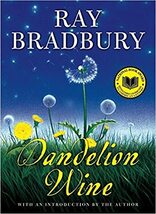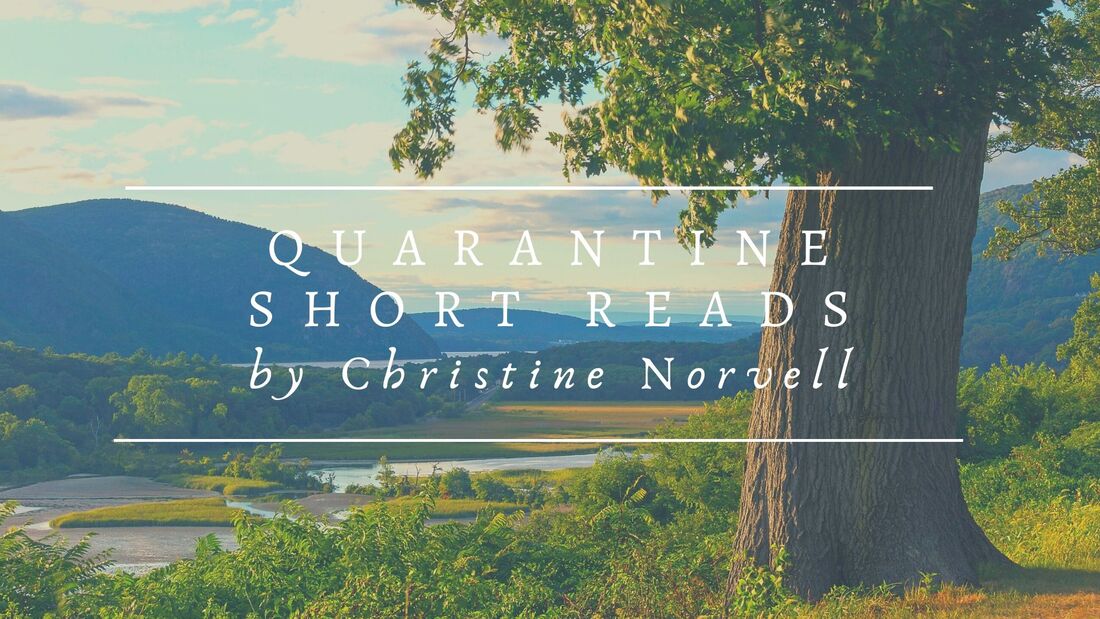|
LIKE MANY READERS during this time of pandemia, my attention comes and goes with the needs of my household. All the classics I want to read or reread are simply standing dusty on the bookshelves. But I do find myself drawn most to fables and fairytales, well because, short reads do count. Short reads are more approachable because of their length but that doesn’t mean they lack depth, beauty, or truth. And many of these are suitable for family reads and discussions: 
0 Comments
Your comment will be posted after it is approved.
Leave a Reply. |


 RSS Feed
RSS Feed